Everything you need to know about specifications and performance - Peugeot 306 1997 - 2.0i (132 Hp)
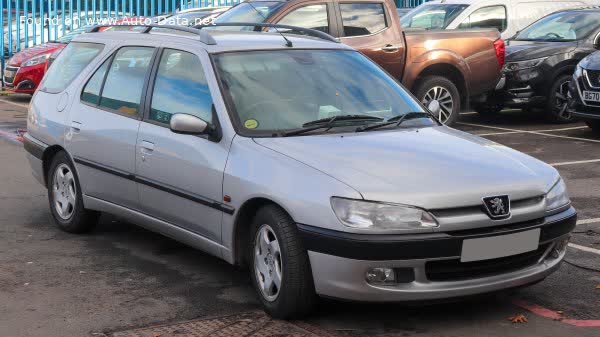
Overview:
What is the engine capacity of a Peugeot 306 1997?
The engine capacity of the Peugeot 306 1997 is 1998.
Peugeot 306 1997 How many horsepower?
The engine power of the Peugeot 306 1997 is 132 Hp @ 5500 rpm..
What is the Peugeot 306 1997 engine?
Peugeot 306 1997 engine is RFV XU10J4R. (Click to see other cars using the same engine)
General:
Engine:
Performance:
Space:
dimensions:
Powertrain, Suspension and Brakes:
See also
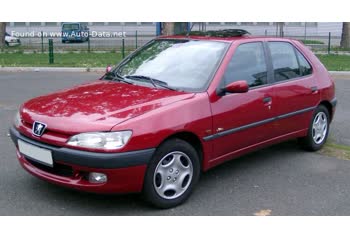
Last generation.
Its production began in 2000 until 2002
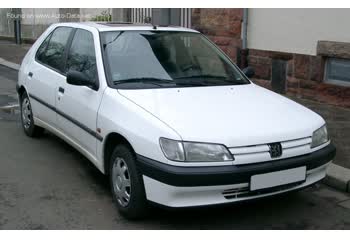
Other generation.
Its production began in 1996 until 1997

Same engine. (RFV XU10J4R).
Its production began in 1998 until 1998

Same engine. (RFV XU10J4R).
Its production began in 1999 until 2001
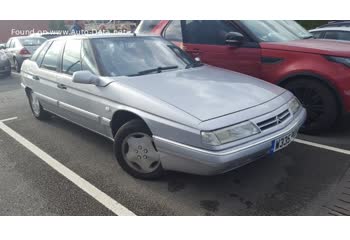
Same engine. (RFV XU10J4R).
Its production began in 1994 until 2000

Same production year and almost the same engine capacity.
Its production began in 1997 until 2000

Same production year and almost the same engine capacity.
Its production began in 1997 until 2001
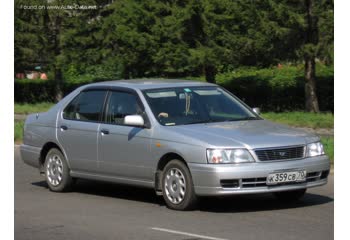
Same production year and almost the same engine capacity.
Its production began in 1997 until 1998

Write a comment